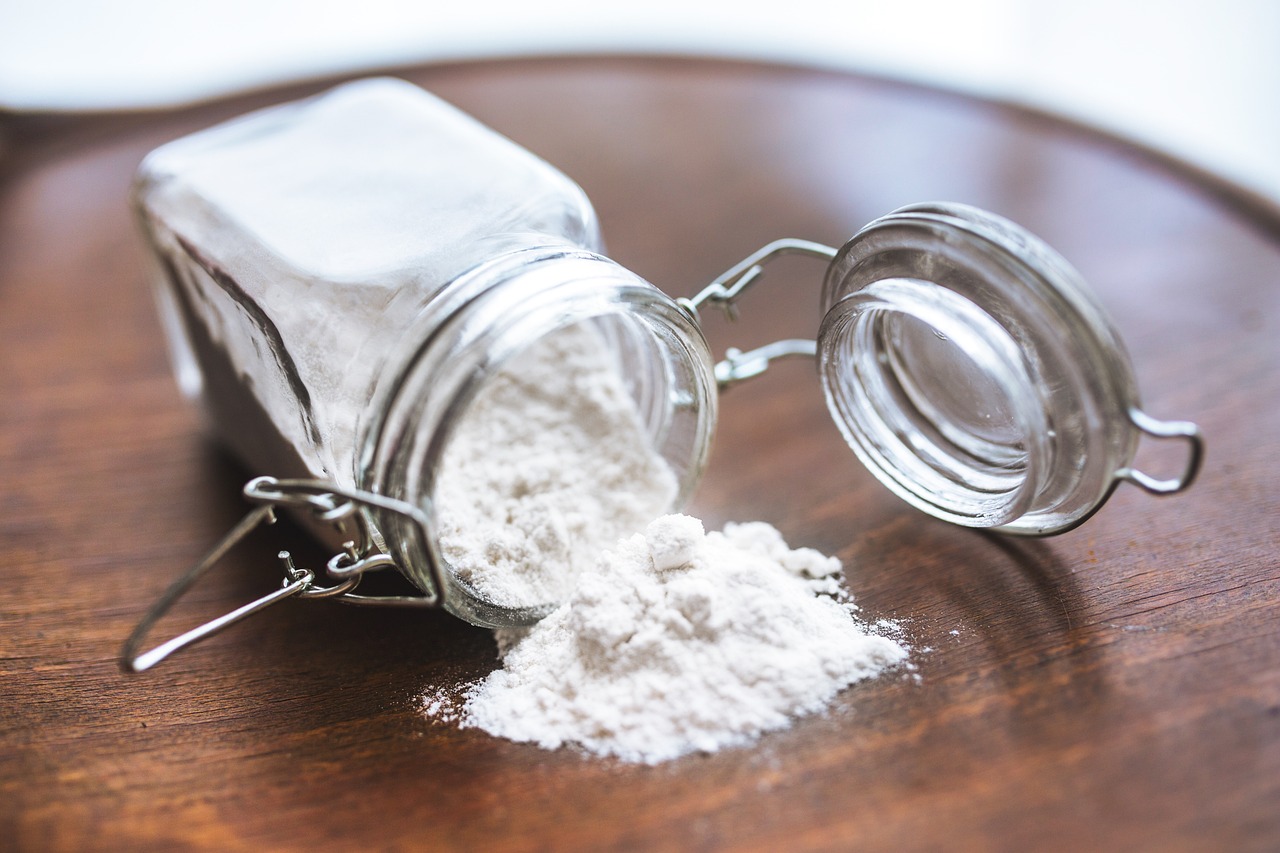The highly potent opioid fentanyl has fueled a public health crisis through the escalating overdose epidemic. However, widespread misconceptions obscure the facts about this notorious synthetic drug. Obtaining accurate information helps society address the risks posed by illegally produced fentanyl flooding streets and claiming lives at unprecedented rates.
1. What Is Fentanyl?
Pharmaceutically, fentanyl is a synthetic opioid painkiller 50-100 times stronger than morphine. It is approved for treating severe pain in medical settings. Chemically similar illegal fentanyl is made in clandestine labs and mixed with heroin, cocaine, and counterfeit pills. This illicit fentanyl is extremely potent and drives most fatal overdoses. Both forms can lead to deadly addiction.
2. Why Is Fentanyl So Deadly?
If you’re wondering why is fentanyl so deadly, its extreme potency makes inaccurately small doses potentially fatal. Just 2 milligrams can induce respiratory depression, arrest, and death—amounts impossible for untrained persons to visually estimate. Illegal fentanyl’s unregulated production also leads to inconsistent concentrations between batches, making effects unpredictable. Using it is often a deadly game of Russian roulette.
3. Fentanyl’s Rise As A Mass Killer
Beginning in 2013, illicit fentanyl became increasingly prevalent as a recreational narcotic and addictive heroin adulterant or substitute, causing a spike in overdoses. Traffickers opt for fentanyl for the cheap high it delivers with little raw material needed, maximizing profits. In 2021 alone, fentanyl caused 71,000 of 100,000 overdose deaths in the U.S.
4. Lacing Drugs And Pills
Powder fentanyl is often mixed into other street drugs unbeknownst to users, while pressed fentanyl pills are sold falsely as prescription opioids like oxycodone or Xanax. Variations like rainbow fentanyl appeal to youth. Lacing maximizes profits by stretching volume while hooking more buyers. Just a few grains can turn any drug into a potential killer.
5. Exposure And Poisoning Dangers
Fentanyl can also inflict harm through inhalation, oral ingestion or skin contact. Traces on packaged drugs or released into the air can cause exposure. First responders are trained to avoid handling unknown white powders to prevent accidental poisoning. However, skin absorption risks are lower than often depicted in media reports.
6. Signs Of Overdose
Overdosing on fentanyl induces slowed or absent breathing, high body temperature, heart rate and blood pressure drops, vomiting, dizziness, sedation, and loss of consciousness. Lips and nails may turn blue as oxygen levels plummet. Quickly recognizing symptoms allows for rapid naloxone injection and 911 calls to save lives.
7. Access To Naloxone
Naloxone or Narcan is an opioid antagonist medication that reverses overdose effects if administered promptly. All first responders carry it, while states work to expand community access and legal protections around use, so bystanders can save lives. Naloxone access is a crucial overdose response tool.
8. Fentanyl And The Drug Supply
Authorities seize fentanyl and components in powder, pill, and liquid forms entering the U.S. from Mexico and China. Domestic distribution and money laundering networks then move products nationwide to retail dealers. Illicit fentanyl permeates the drug ecosystem, heightening risks even for casual users.
9. The Addiction Hook
While heroin creates severe dependency, fentanyl compounds it through extremely fast-acting addiction mechanisms. Neurological cravings and painful withdrawal from fentanyl arise quickly, even after short-term use. Quitting becomes exceedingly difficult as the dosage needs to escalate rapidly. Relapse potential remains very high after initial detox.
10. No Safe Illegal Use
Fentanyl’s variability means ODs can occur at any dose, even in people with high opioid tolerance. There is ultimately no safe recreational use outside medically controlled settings. However, shaming and incarcerating users delay seeking help. Harm reduction and treatment access are the priority.
To Wrap Up
Illicit fentanyl represents an unmatched public health threat, as soaring overdose data confirms. Widespread assumptions and unknowns persist around this uniquely hazardous substance. Increased public understanding of its true nature empowers communities to save lives through preventative education, naloxone access, addiction treatment, and stopping fentanyl’s spread at the source.


 Home
Home








